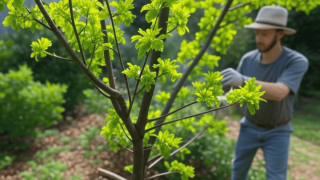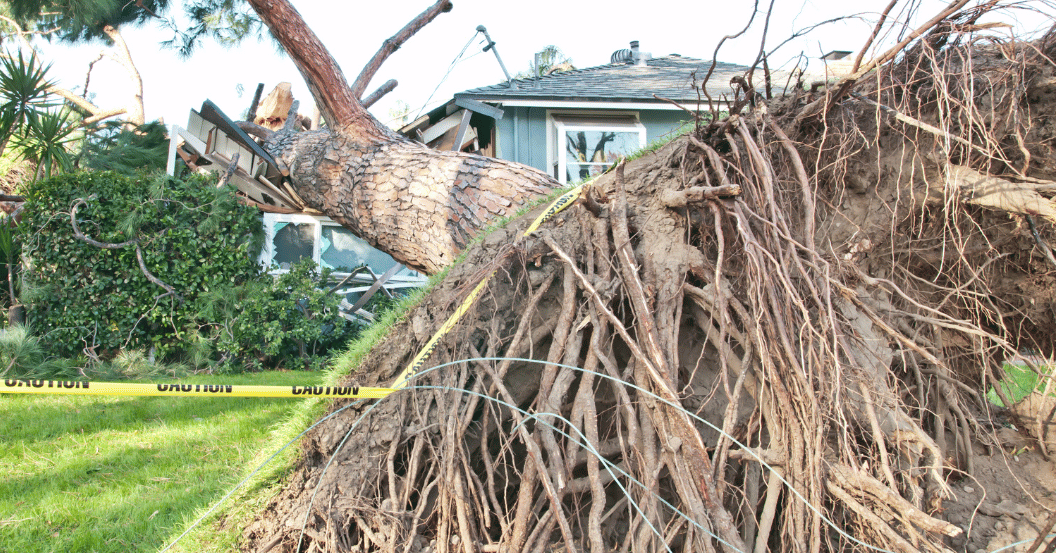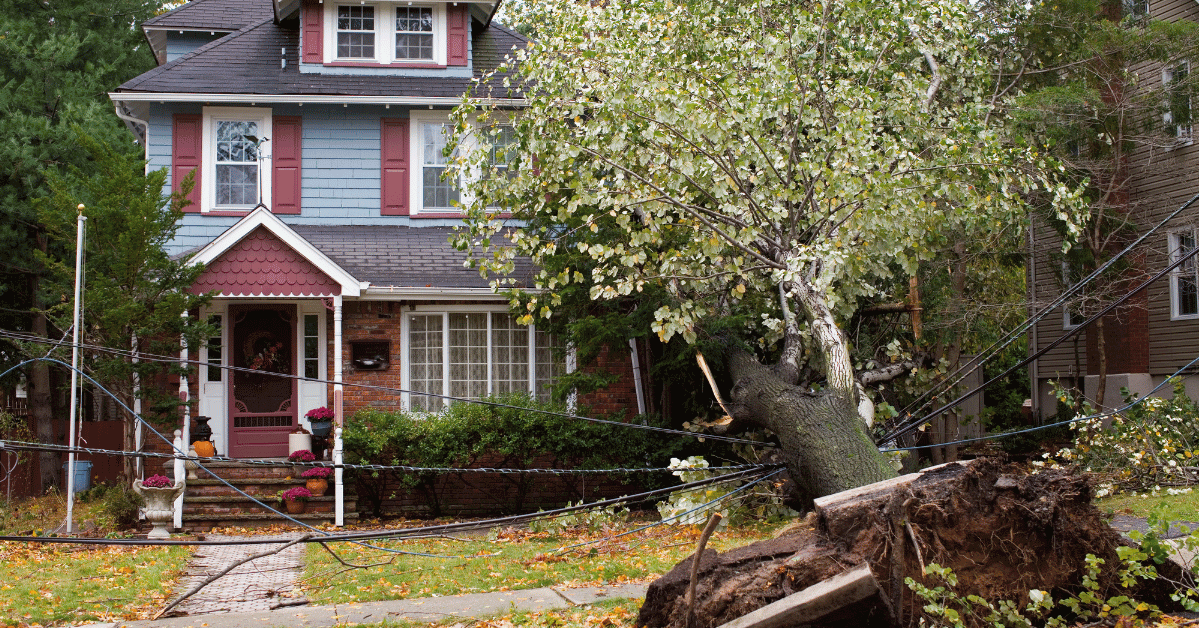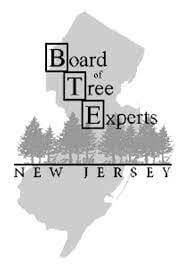Trees are living things. Like people, they need care at the right time. One of the best things you can do for your trees is pruning. And late spring? That’s the best time to do it.
At Strobert Tree Services, we’ve pruned thousands of trees across Delaware, Pennsylvania, and New Jersey. Our certified arborists know exactly when and how to prune for the best results. Let us explain why late spring pruning is ideal—and how it protects your home, your landscape, and your investment.
What Is Tree Pruning?
Tree pruning is the process of removing dead, weak, or crowded branches. It’s not the same as trimming for looks. Pruning is about health and safety. It helps trees grow strong and prevents damage during storms.
Why Prune in Late Spring?
Late spring—think May and early June—is a sweet spot for pruning. Here’s why:
- The tree is awake.
During winter, trees go dormant. They stop growing. In early spring, they wake up. By late spring, they’re growing full speed. That’s the perfect time to prune. The tree can heal faster. It responds quickly, closing wounds and pushing out new growth.
2. You can see what needs cutting.
By late spring, trees are in full leaf. Dead or weak branches stand out. Our arborists can easily spot problem limbs that didn’t survive winter. That makes pruning more accurate and effective.
3. It shapes future growth.
Pruning in late spring encourages fuller, healthier growth. We guide the tree’s energy where it’s needed most—toward strong branches and a balanced shape. This helps the tree grow better over time.
4. You avoid most pests and disease.
Some trees, like oak and elm, are vulnerable to disease when pruned at the wrong time. Late spring is past the high-risk period for certain pests and fungal infections. That means it’s safer for the tree.
Benefits of Spring Tree Pruning
Let’s break down the main benefits you get when you prune in late spring:
- Better tree health.
We remove diseased, dead, or rubbing branches. That improves airflow and sun exposure inside the canopy. The result? A stronger, healthier tree with fewer issues down the road.
2. Storm protection.
Spring storms can be brutal. Weak branches break easily. They fall on roofs, cars, or people. Pruning in spring removes hazards before they become disasters. It's a smart move for safety and peace of mind.
3. Improved appearance.
A pruned tree just looks better. Clean lines, balanced shape, no dead wood. Your yard looks neat and well cared for. That can boost your property’s curb appeal—and even its value.
4. Encourages flowers and fruit.
For flowering trees and fruit trees, late spring pruning helps boost blooms and yields. We remove unproductive wood, so the tree focuses energy where it counts.
Spring Pruning Techniques
Spring is the perfect time to clean up your trees and shrubs, but how you prune matters. Start by identifying wayward branches, water sprouts, and suckers—these fast-growing shoots take energy away from healthy limbs. Remove them cleanly using a sharp pruning saw or hand pruners, cutting just outside the branch collar without damaging the branch bark ridge.
For trees, focus on thinning out crowded or thin growth to improve airflow and light. This reduces disease and encourages stronger structure. When pruning during the growing season, avoid cutting too close to the terminal bud, which controls the direction of growth. If you're working on spring-flowering shrubs, wait until after they bloom to shape them. For hedges, regular hedge pruning and light pinching help maintain shape without stressing the plant.
Tree Species Considerations
Not all trees respond to pruning the same way, especially in spring. Knowing your tree species matters. Some trees, like arborvitae, yew, and hemlock, are evergreens that grow on the previous year's growth. These conifers should be pruned before spring growth begins for best results.
Shearing hedges like arborvitae and yew in late spring can help maintain their shape, but cutting too deep into old wood can stop new growth.
On the other hand, flowering trees with strong bloom potential—such as dogwoods or crabapples—should often be pruned after they bloom to avoid removing flower buds. When pruning, it’s important to make cuts just outside the branch collar to promote proper healing. A certified arborist can help determine when to prune and how much to remove to keep your trees and shrubs healthy year-round.
When Not to Prune
Some trees, like oaks, shouldn’t be pruned in early spring due to disease risk (like oak wilt). And trees that flower early in spring—like magnolias or lilacs—should be pruned right after they bloom.
That’s why timing and experience matter. At Strobert, we prune each tree at the right time based on its species, health, and location.
Pruning Tools and Equipment
When it comes to spring tree pruning, having the right tools makes all the difference. Common tools include handheld pruners, hand shears, and loppers for smaller branches. For higher or thicker limbs, many professionals use pruning saws, pole pruners with rope action, or electric hedge shears.
Some pole pruners feature a pruning shear head or a handle that disassembles for easy storage and reach. Using the right equipment helps you make clean, safe cuts that heal well. It’s also important to clean and sanitize your pruning tools between trees to prevent disease spread. For larger wounds, some people apply pruning wound sealants, although certified arborists often rely on natural healing. If you're unsure how to use these tools or need help with higher branches, it’s always safer to call in the pros.
Professional Arborist Involvement
Hiring a certified arborist for spring tree pruning isn’t just a smart choice—it’s an investment in your property.
A professional arborist brings the expertise needed to assess your trees and spot problems early, from crowding and obstructing space to signs of pest issues or declining tree health. They know how to remove branches safely, shape trees without harming them, and improve both the look and structure through careful pruning and even topiary if needed. Proper tree care protects your tree’s value and helps it thrive long term. Whether you’re dealing with tree issues or just want a healthier landscape, professional tree assessment ensures your tree investment grows strong, safe, and beautiful.
We’ve been doing this for years. Thousands of homeowners trust Strobert Tree Services for tree pruning, tree removal, and plant health care. We’re proud of that reputation—and we work hard to earn it every day.
Get Your Trees Pruned This Spring
If your trees are overgrown, damaged, or just not thriving, don’t wait. Late spring is the ideal time to give them the care they need.
Let Strobert Tree Services help.
We’ll send out a certified arborist to inspect your trees. We’ll give you a clear plan and a fair estimate. And we’ll handle everything safely and professionally.
Call Strobert Tree Services Today
If your trees need expert tree pruning, safe tree removal, or a custom health care plan, we’re here to help. Our certified arborists offer free consultations and take the time to understand what your trees need to thrive. Whether you’re looking to improve your property’s safety or boost its curb appeal, Strobert Tree Services has the knowledge and experience to get it done right.
Call 1-800-TREE-SERVICE or book online to schedule your inspection today. Let’s keep your trees strong, healthy, and looking their best.











